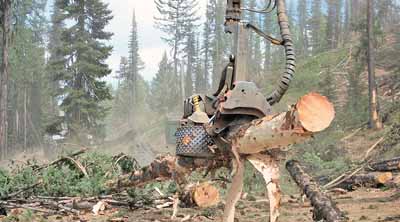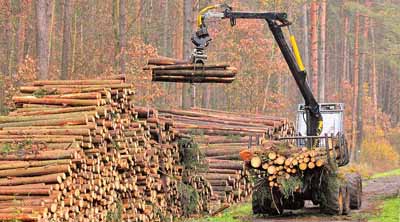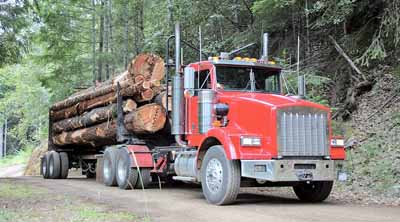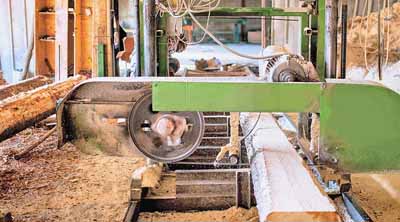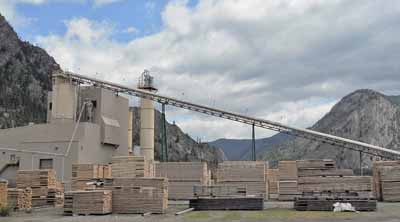FOREST MANAGEMENT
Consultants
Morgan, T.A.; Sorenson, C.B. Bureau of Business and Economic Research, The University of Montana.
General References
Gale, C.B.; Keegan, C.E., III; Berg, E.C.; Daniels, J.; Christensen, G.A.; Sorenson, C.B.; Morgan, T.A.; Polzin, P. 2012. Oregon’s forest products industry and timber harvest, 2008: Industry trends and impacts of the Great Recession through 2010. Gen. Tech. Rep. PNW-GTR-868.
Portland, OR: U.S. Department of Agriculture, Forest Service, Pacific Northwest Research Station. 55 p.
Hayes, S.W.; Morgan, T.A.; Berg, E.C.; Daniels, J.M.; Thompson, M.T. 2012. The Four Corners timber harvest and forest products industry, 2007. Res. Bull. RMRS-RB-13. Fort Collins, CO: U.S. Department of Agriculture, Forest Service, Rocky Mountain Research Station. 61 p.
Smith, W.B.; Miles, P.D.; Perry, C.H.; Pugh, S.A. 2009. Forest Resources of the United States, 2007: a technical document supporting the forest service 2010 RPA Assessment. Gen. Tech. Rep. WO-78. Washington, DC: US Department of Agriculture, Forest Service, Washington Office. 336 p.
Maps.—Timber harvest
USDA Forest Service. 2016. Forest Inventory and Analysis Program data and tools. http://www.fia.fs.fed.us/tools-data/index.php. (4 April 2016).
US Department of Agriculture, Forest Service. 2007. Timber Product Output (TPO) reports. http://srsfia2.fs.fed.us/php/tpo_2009/tpo_rpa_int1.php. (March 22, 2016).
Graph
Warren, D.D. 2000. Production, prices, employment, and trade in Northwest forest industries, all quarters 1998. Res. Bull. PNW-RB-231. Portland, OR: U.S. Department of Agriculture, Forest Service, Pacific Northwest Research Station. 171 p.
Warren, D.D. 2011. Production, prices, employment, and trade in Northwest forest industries, all quarters 2010. Res. Bull. PNW-RB-260. Portland, OR: U.S. Department of Agriculture, Forest Service, Pacific Northwest Research Station. 161 p.
Graphic
Perry, C.H.; Nelson, M.D.; Piva, R.J. 2010. Imports and exports of roundwood in the upper Midwestern United States: the movement of raw logs from harvest sites to out-of-state processing mills. In: Eredics, P., ed. Mapping forestry. Redlands, CA: ESRI Press. 5–8.
Photographs
Delimber: Eric Simmons, University of Montana
Log tractor: Abadonian, iStock by gettyimages.com
Log hauling truck: Darin Burt, iStock by gettyimages.com
Sawmill plant: Paul Grecaud, iStock by gettyimages.com
Wood production: Bogdanhoda, iStock by gettyimages.com
Lumber mill plant; Charles B. Gale

